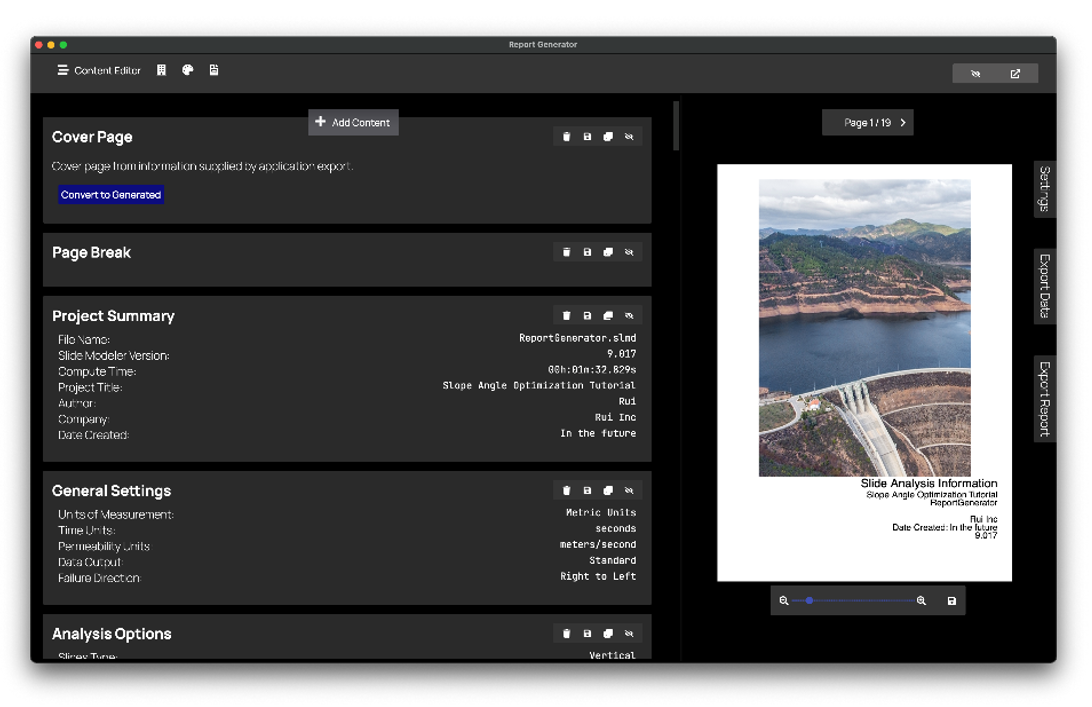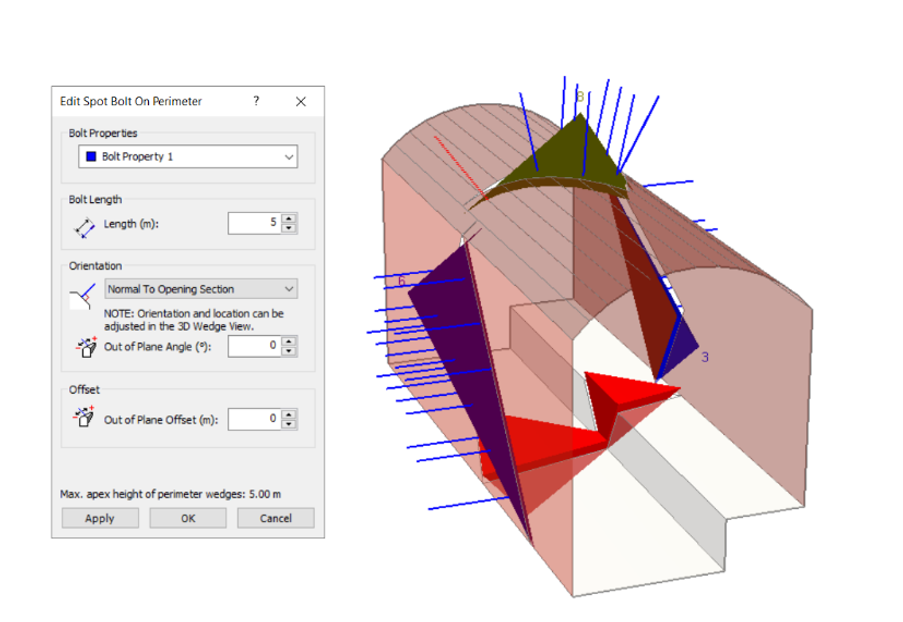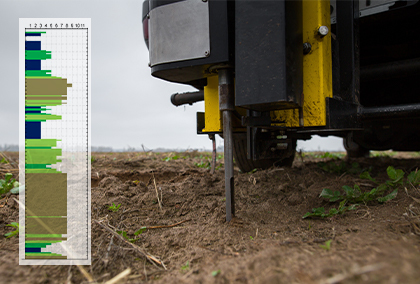Technical Projects of Rocscience Co-ops - Summer 2021
By Kartik Dalal, Rocscience Intern (Summer-2021).
As I wrapped up my internship with Rocscience, I decided to learn more about the internship experiences of other students working on projects across Rocscience's expansive software suite. The Rocscience internship program offers students the ability to apply their learning in the classroom to produce features and designs used by engineers worldwide for industrial and educational purposes/applications. Rocscience has had more than 108 interns over the past four years. I chatted with three of our most recent interns: Alexander, John and Asma. They worked on projects that ranged from developing a new report generator that works across Rocscience products to a machine-learning tool that reduces inconclusive data results.
Report Generator by Alexander Aleshchenko
A second-year Engineering student, Alexander worked on the development of a Report Generator application that encodes data in a consistent format across the Rocscience software suite. This enables users to generate outputs such as PDFs and Excel Sheets that export with customizable pre-set corporate branding and styling. He worked to simplify the pre-set application components to ensure an accessible and optimized user experience. Alexander enjoyed the opportunity to work with various teams across Rocscience from the UI/UX to lead developers to craft a stable application that operates in both a web and multi-platform format.

Convergence Prediction tool by John Zhang
John spent the summer producing a machine learning tool that can predict whether models in RS3 will converge. This will help to reduce inconclusive data results of finite element analysis in the program. The tool focuses on identifying bad elements in the mesh that are concentrated near excavations to determine whether convergence will occur before running any analysis. After considering multiple algorithm types and consulting with members of the Rocscience development team, John settled on using a computer graphics-based bounding volume algorithm to build the tool. He focused on developing a convolutional neural network for the tool that will improve its effectiveness by utilizing filtering. For John, the process of determining the best algorithm for his project that would be sufficiently computationally efficient and identify bad elements was a key learning takeaway during his summer term at Rocscience.
New features in RS2 and UnWedge by Asma Surti
Asma had the opportunity to work on two Rocscience programs this summer, UnWedge, and RS2. UnWedge is a program that determines the stability of rock wedges formed by the intersection of structural discontinuities. She developed multiple features for the program such as adding ground planes to tunnel ends, vertical shaft handling as well as updating bolt features to improve orientation options and accuracy. Asma also refactored the codebase to improve the efficiency and the capacity to add new features to Unwedge into the future. Her work on RS2 has involved working with the interpreter improving how the loads are displayed in program and joint-query line interactions. Beyond learning about the process of problem-solving to write clean and efficient code, Asma liked gaining insight into other projects and initiatives at Rocscience over the course of her summer term.

Learning about the intern experiences of Alexander, John, and Asma provided me great insight into their contributions and the level of autonomy and responsibility given to interns at Rocscience. Despite the challenges of having to learn new software, tools, and processes, these students were able to develop new features and applications that will improve Rocscience products across user experience, accessibility, functionality. Learn more about the Rocscience Software Suite and Internship Program.
--
